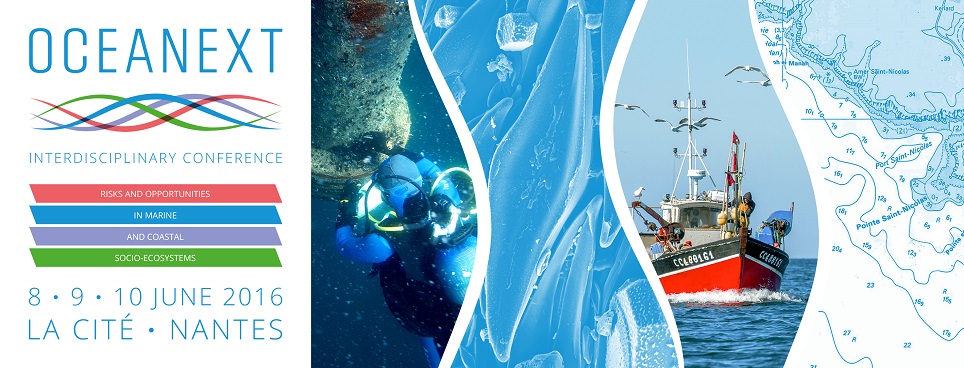76% of all aquaculture production in Europe is conducted along the Western seaboard and is an important contributor to the economy for these coastal communities. One of the limiting factors for the industry is the occurrence of biotoxin producing algae on which the shellfish feed. These algae can accumulate in shellfish to toxic levels (for human health) over a very short time period. Quality assurance of the product, full compliance with regulations and efficient product samplings are vital to ensure that any food safety risks are fully controlled and only product of the highest quality reaches the market.
Of particular concern to the Irish shellfish industry are the azaspiracids (AZAs). AZAs were discovered following a poisoning event in the Netherlands in 1995 after people consumed contaminated shellfish harvested in Ireland. The symptoms included nausea, vomiting, diarrhea, and stomach cramps. AZAs are cytotoxic, teratogenic to fish embryos and suspected lung tumour promoters. AZA1, -2 and -3 were identified as the source of the illnesses and have been regulated in shellfish since 2002.
Here we describe efforts made through nationally funded projects ASTOX and ASTOX 2 to deal with these issues. AZAs were purified from shellfish and phytoplankton in order to produce certified reference materials (for accurate monitoring) and to assess toxicology both in vitro and in vivo. Further research investigated the source organisms and ecology leading to the identification of numerous new dinoflagellate species and toxins.

 PDF version
PDF version
